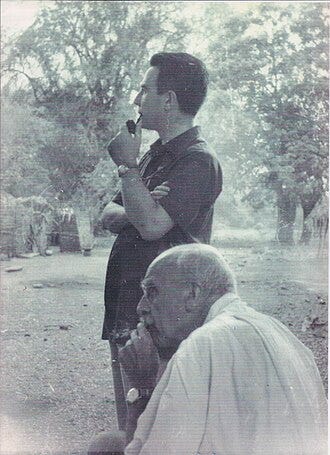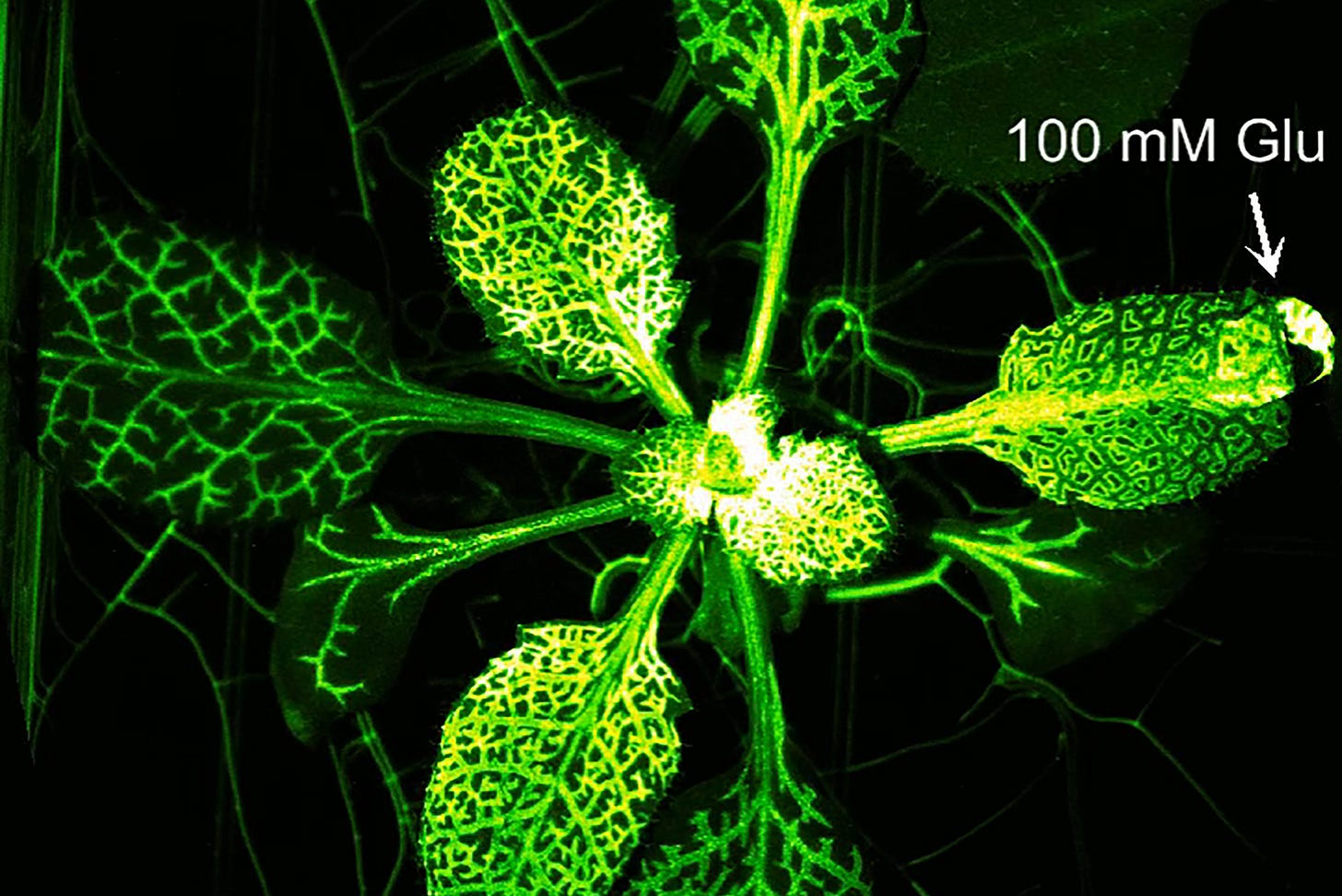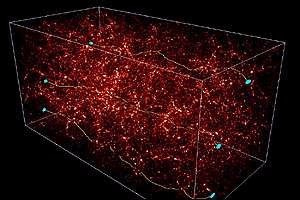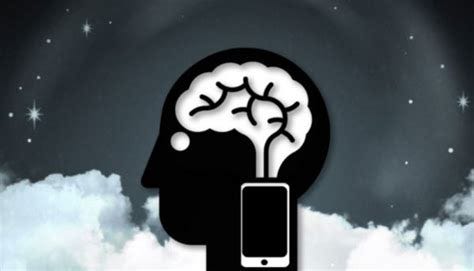“My own suspicion is that the universe is not only queerer than we suppose but queerer than we can suppose.”
JBS Haldane
The quote above is from the twentieth century English geneticist JBS Haldane who categorically rejected all cognitive models, whether they be religious, metaphysical or scientific as being far too simple. Believing the mind to be incapable of apprehending the true nature of reality, Haldane re-articulated Hamlet’s famous remark to his friend Horatio:
“There are far more things in Heaven and Earth, Horatio, than are dreamed of in your philosophy.”
HAMLET, Act 1, Scene 5
What Hamlet is referring to here of course is being visited by the ghost of his father. And what Shakespeare himself is talking about, through the mouthpiece of his famous character, is what today we would call the paranormal. The paranormal is all rejected parts of reality, from prophecy to psychic phenomena to teleportation, spurned and mocked by the gatekeepers of the normal and the true.
In other words those who, wittingly or unwittingly, censure or gaslight anything which might upset the applecart of mind control enforced through the concept of normalcy itself.
The gatekeepers of old have reinforced their grip recently through their army of trolls and “fact checkers.”
Here is the taproot of the Matrix in which humanity now finds itself increasingly imprisoned.
Besides being the first person to introduce the concept of human cloning to scientific circles, Haldane rejected the British government’s immoral conduct in mid-century as a violation of international law. He also saw the British scientific establishment as far too restrictive. For these reasons - besides his preference for the climate and the food - Haldane chose to move to India. He threw away his socks and sat on cushions instead of chairs. My father was actually in a university meeting room with Haldane when he was still in England. Whilst all the other people in the room sat stiffly on chairs, Haldane crossed his legs and settled down on a cushion.
For someone like me who essentially has lived with the minimum amount of furniture for decades, this makes quite a bit of sense. If a person spends most of their life on a chair - particularly a car seat - that person will lose a substantial portion of their vital force. The sedentary lifestyle is pernicious for health. Too much sitting ruins the body.
India had a profound effect on a number of English scientists and doctors practicing in the last century. Radionics (remote healing performed through the emission of non-electromagnetic fields and rays) is particularly indebted to figures such as Dr. Benoytosh Bhattacharyya amongst whose many works “Teletherapy” is a minor classic. I myself have studied his work in depth.
However, the great Indian scientist I wish to mention - and honor - in this particular post is Sir Dr. Jagadish Chandra Bose. Bose’s work is discussed in some detail in “The Secret Life of Plants.” (1)
If you are not familiar with Dr. Bose, below is a short video which you can watch on Youtube. The main reason I am bringing Sir Dr. Jagadish Chandra Bose to your attention is that he demonstrated how plants have their own nervous system equivalent to those of animals and humans.
“Plants have a sensitive nervous system and a varied emotional life. Love, hate, joy, fear, pleasure, pain, excitability, stupor, and countless appropriate responses to stimuli are as universal in plants as in animals."
Sir Dr. Jagadish Chandra Bose
More recent study has corroborated the insights of the great Indian scientist. Toyota et al. (3) have shown in a study published in 2018 how long-distance calcium ion signaling is activated in plants in the presence of danger. This effectively lights up defense mechanisms through the plant’s membranes. Toyota demonstrated how the plant Arabidopsis thaliana responds electrochemically to attacks by caterpillars or by slashing of the leaf mechanically. Another team (4) showed how glutamate-like receptor (GLR) channels are activated for signal propagation and defense response in plants. Waves of calcium move through their veins. These waves switch on the plant’s alarm response and thus activate its stress hormones. The plant then generates biochemical efflux to help repel predatory insects and/or to remediate wounding from sharp cuts.
However, such modern research remains very primitive in scope, and a far cry from what the great genius Bose revealed to humanity. Let’s recall what he showed:
Plants are not merely capable of experiencing pain but also a whole spectrum of higher emotions that (conventionally minded) scientists assume to be exclusive to humans.
Is anything at all exclusive to humans?
Yes, one thing only in my view. Stupidity.
Even more significantly, Dr. Bose was able to demonstrate to members of The Royal Society, that even metals are capable of such sentience, and possessed therefore, of the capacity to feel.
Bose designed and built numerous sensitive instruments that could measure subtle reactions to stimuli both by plants and by metals.
Bose had this to say about his crescograph subsequent to bringing it to the learned societies of London:
"I have recently returned from an expedition to scientific societies of the West. Their members exhibited intense interest in delicate instruments of my invention which demonstrate the indivisible unity of all life. The Bose crescograph has the enormity of ten million magnifications. The microscope enlarges only a few thousand times; yet it brought vital impetus to biological science. The crescograph opens incalculable vistas." (2)
This concept - that metal can feel - is very important to consider today when humans are bombarded by toxic junk made of heavy metals, nanolipids and plastic. Man is being shifted into a post biological entity. The terraforming of nature requires wide dispersion of semi-conductive materials such as silicone and graphene.
Silicone is a synthetic rubbery polymer composed of silicon, carbon, oxygen and hydrogen.
Graphene is an allotrope of carbon. It is a monomer, composed of single layers of carbon atoms arranged into hexagonal lattices akin to 2 D honeycomb structures.
Graphene is revered in the biotech industry as a wonder material. It is said to possess “magical” properties.
Transhumanist technocracy, which has now metastasized from Silicon Valley into Graphene Alley, is an unfolding nightmare not for just for humanity, but for animals, insects and especially for plants.
What then can we learn from Dr. Bose’s groundbreaking discoveries? Let’s watch the video first before taking this discussion any further.
Everything that exists in the universe is to some degree sentient and aware, because everything that exists derives from one single divine source in which all differences are dissolved and contained.
The later Indian classic texts, the Puranas, speak of this great Cosmic Being as a Field of Infinite Radiance. This great radiant being has three unique and primary attributes:
omniscience
omnipotence
omnipresence
If you, the reader, are Christian, please do not make the mistake of imagining that this Indian wisdom is alien to your faith. On the contrary, Paramahansa Yogi, who knew Bose and visited his quarters, was a follower of Jesus, as expressed in his book, Autobiography of a Yogi.
If, on the other hand, you are a scientifically minded person, perhaps an atheist, here too you will find no contradiction of your belief system, simply a great deepening, which will lead you towards a more complete and evolved system of science.
What we can all agree on surely, is that humans, despite their many accomplishments, have barely traced the surface of what is.
Consider that barely 5% of the contents of the Universe are considered to be made of atoms. What then is the rest made up of? Science calls it dark matter and dark energy. This is simply another way of saying “I don’t really know what is out there…yet.”
Dark energy and dark matter make up the majority of the “known” universe.
What after all is darkness? It is simply that which we ourselves cannot see with our minds.
If we are being observed by beings of malign intent, hidden inside that darkness, this puts us at a significant disadvantage in terms of survival.
The majority of humans are not simply blind to the greater reality, but even more blind to the advanced evolution of artificial intelligence (aka alien or archontic intelligence).
By this means, control of the ionosphere dovetails into control of the human brain and psyche (soul).
This is where we are now, like it or not, and why I have been addressing the urgency of finding effective ways to eradicate nanotech from our bodies in recent posts (“Live or Perish”). Please consider this with an open mind and also be very careful not to be swept up in illusions of the hive mind. All is not what it seems.
Let’s now turn to the title of this essay and ask ourselves what are the limits of sentience? Can things made of metal feel the way animals and humans feel?
You may be astonished at the primary evidence to support this thesis. I will provide just one example here for your edification.
In 1925, An American named Don Wood Jr. was flying his two seater “Jenny” over the Nevada desert. He landed on Flat Mesa near Battle Mountain. The mesa rises sheer from the ground floor of the desert to occupy about 5,000 square feet of that elevated position. Together with his companion, Wood wanted to explore what they could find up there. Suddenly, above them, the two men noticed a round, flat, saucer shaped object coming down as though for a landing. It hit the mesa hard and skidded to a halt some 50 feet away from the two men. They had already observed the flying object’s undersides be “reddish in color”.
Wood then states the following:
“The next thing you won’t believe, and I don’t care but it’s the truth. We walked up to the thing and it was some animal like we never saw before. It was hurt, and as it breathed the top would rise and fall, making a half-foot hole all around it like a clam opening and closing.”
Wood goes on to describe how a hunk of its metal body had been “chewed out of one side of this rim and a sort of metal-looking froth issued. When it saw us, it breathed frantically and rose up only a few inches, only to fall back to earth again. It was moist and glistened on the top side. We could see no arms or legs.”
Twenty minutes passed before the injured, metallic, saucer shaped creature began pulsating again. Wood describes how its “mica-like shell body” brightened and began to glow, except for the part where it was hurt.
The creature attempted again to take off from the floor of the mesa but was still unable to do so.
Presently the two men became aware of a large round shadow fall upon them. Looking upward, they perceived “a much larger animal 30 feet across.”
This large disc shaped creature proceeded to land, paying no attention whatsoever to the two astonished human onlookers. Instead, it settled itself directly over the small, wounded “animal”.
“Four sucker-like tongues settled on the little one and the big one got so dazzling bright you couldn’t look at it. Both rose straight up and were out of sight in a second.”
Wood estimates that the pair must have been flying directly upward at a speed in excess of 1,000 mph.
Wood and his companion walked over to where the two metal “animals” had lain one atop the other, only moments prior.
They perceived “an awful stench, and the frothy stuff the little one had bled looked like fine aluminum wire.” (My emphasis.)
Wood adds that they discovered “more frothy, wiry stuff in a 30-foot circle where the big one had breathed.”
This strange, smelly residue “finally melted in the sun” and the two men took off in their Jenny.
This account was originally published in Ray Palmer’s Flying Saucer issue of October 1959 and recited in “The Cosmic Pulse of Life” by Trevor James Constable.
What are we to make of these revelations and how can we correlate them with the profound discoveries of the great Indian scientist, Sir Dr. Chagadis Chandra Bose?
Let’s first of all remind ourselves of Hamlet’s line to Horatio:
“There are more things in Heaven and Earth, Horatio, than are dreamt of in your philosophy.”
More precisely, what Wood describes, and what later ufology researchers such as Constable came to authenticate, is that UFOs are actually living objects similar to plants and animals. Giant microbes have also been witnessed floating in our atmosphere with simple infra-red cameras.
The living UFOs are capable of propelling themselves through space through a technical mastery of orgonotics, as explained by the late Dr. Wilhem Reich.
This means that “aliens” and UFOs are not at all to be seen a visitors from outer space, but rather from inner space, since they emerge and then return to dimensions of different frequencies than the space we inhabit (and foolishly confuse with reality).
Some of the beings which inhabit these other “inner layers” are well disposed to us, and seek to help us evolve. Others are indifferent to our fate. And then there are those of malign intent. It is this latter group that is, for the moment, highly dominant in the sphere of human influence.
It is indeed, this latter group, those malefic beings of malign intent, that have seized the steering wheel of human destiny via their preferred tool, AI.
This incursion of archontic intelligence into military and geopolitical and medical events is what most concerns us.
Think deeply and think wisely, as JBS Haldane suggests. The universe is indeed far stranger, not just than we imagine, but than we can imagine.
It is therefore crystal clear than only by expanding the powers of the human imagination can we hope to cast off our predatory foes and emerge into a brilliant future.
Beware of false prophets proposing false solutions and false protocols.
Seek to learn the truth of who you are and of the worlds around and within you.
The Secret Life of Plants, Peter Tompkins and Christopher Bird, 1973.
http://www.ebdir.net/enlighten/bose_yogananda.html#2ref
M. Toyota et al., Science 361, 1112 (2018)
S. F. Traynelis et al., Pharmacol. Rev. 62, 405 (2010)












Einstein said "Imagination is more important than knowledge". Life on Earth started with the Super Nova explosion and when gravity formed the Sun and planets out of the dust, photons from our big Star created consciousness.. Photons are the product of hydrogen and helium fusing, gradually in to each other due to the huge gravity. Photons, also called light, no life, as we experience it, is possible without those particles of consciousness , plants need light all life need light to exist. So from one time dust, consciousness is created. Metal might as well be consciousness. This more easy to imagine, but to imagine the Ultimate Reality, why there is something instead of nothing, , if there is a beginning or end, the human mind is too primitive to comprehend. I feel there is no beginning or end, nothing was created, that what exist now, always existed. The Universe is a living conscious thing
My father, a design mechanical engineer would have been very interested in your article. He often mention that he thought there was a good possibility that the “inanimate” objects around us such as rocks had some sort of memory. He was a combination artist/ engineer/ inventor.